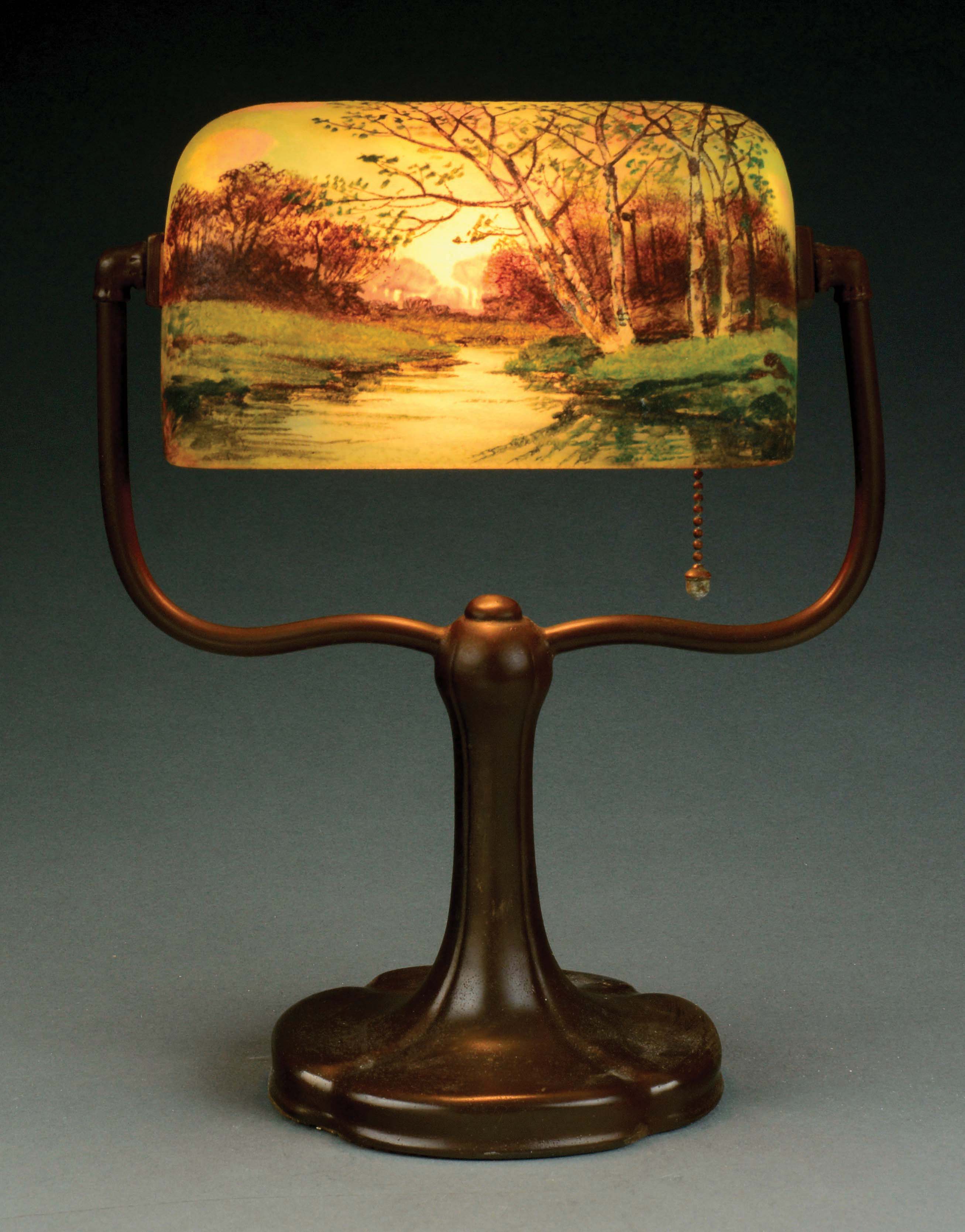Handel, George Frideric TWO EIGHTEENTH-CENTURY SCRIBAL MANUSCRIPTS 1) Contemporary English manuscript (unrecorded in Händel-Werke-Verzeichnis), of the aria 'Vieni, o caro, che senza il suo core', notated in brown ink on up to four three-stave systems per page, inscribed at the head, possibly in another hand, "8 Aditionall Songs in Rinaldo", [first half of the eighteenth century], 4 pages, 4to (29.8 x 24cm), 12-stave paper, light browning and spotting, a few small tears 2) Eighteenth-century French manuscript of the choruses 'Mourn, ye afflicted children' and 'For Sion lamentation make' from Judas Maccabaeus (nos.1 and 3), with Italian words ("Gemi infelice popol di Sion" and "Per te Sion gem' ogni cor"), entitled "Frammenti degl' Oratorii / Del Signor Handel", notated in brown ink on one 10-stave system per page, 24 pages, oblong 4to (c.23 x 30cm), 10-stave paper, contemporary ownership inscription to title ("...La Cesse De Caumont"), the Italian words apparently overwritten with English words in pencil, secured by a pin, [second half of the eighteenth century], the second number lacking the final 2 bars, browning to edges This new source for "Vieni, o caro" is not recorded in the Händel-Werke-Verzeichnis. The aria was written for Anastasia Robinson, who sang the role of Almirena in the 1717 revival of Rinaldo. It was subsequently published by Walsh in 1731 with seven other arias in Additional Favourite Songs in the Opera of Rinaldo. David R. Kimbell notes that the aria survives in two versions, a shorter and a longer one: the present score appears to transmit the shorter version [HHA II: 4/1, p.282].
Handel, George Frideric TWO EIGHTEENTH-CENTURY SCRIBAL MANUSCRIPTS 1) Contemporary English manuscript (unrecorded in Händel-Werke-Verzeichnis), of the aria 'Vieni, o caro, che senza il suo core', notated in brown ink on up to four three-stave systems per page, inscribed at the head, possibly in another hand, "8 Aditionall Songs in Rinaldo", [first half of the eighteenth century], 4 pages, 4to (29.8 x 24cm), 12-stave paper, light browning and spotting, a few small tears 2) Eighteenth-century French manuscript of the choruses 'Mourn, ye afflicted children' and 'For Sion lamentation make' from Judas Maccabaeus (nos.1 and 3), with Italian words ("Gemi infelice popol di Sion" and "Per te Sion gem' ogni cor"), entitled "Frammenti degl' Oratorii / Del Signor Handel", notated in brown ink on one 10-stave system per page, 24 pages, oblong 4to (c.23 x 30cm), 10-stave paper, contemporary ownership inscription to title ("...La Cesse De Caumont"), the Italian words apparently overwritten with English words in pencil, secured by a pin, [second half of the eighteenth century], the second number lacking the final 2 bars, browning to edges This new source for "Vieni, o caro" is not recorded in the Händel-Werke-Verzeichnis. The aria was written for Anastasia Robinson, who sang the role of Almirena in the 1717 revival of Rinaldo. It was subsequently published by Walsh in 1731 with seven other arias in Additional Favourite Songs in the Opera of Rinaldo. David R. Kimbell notes that the aria survives in two versions, a shorter and a longer one: the present score appears to transmit the shorter version [HHA II: 4/1, p.282].












.jpg)
.jpg)

Testen Sie LotSearch und seine Premium-Features 7 Tage - ohne Kosten!
Lassen Sie sich automatisch über neue Objekte in kommenden Auktionen benachrichtigen.
Suchauftrag anlegen